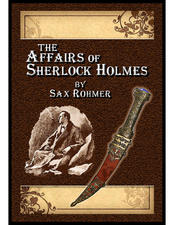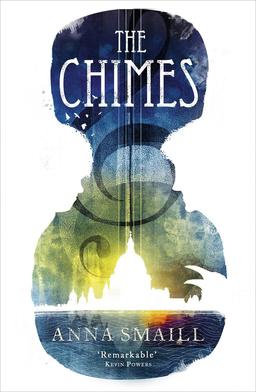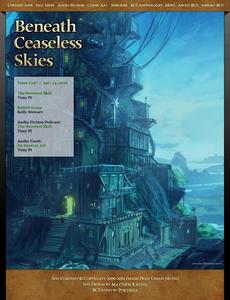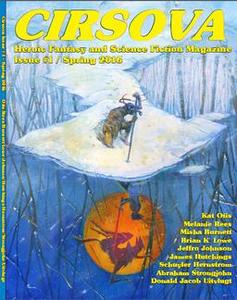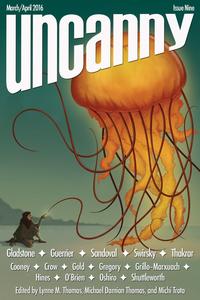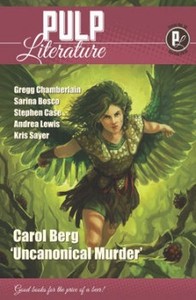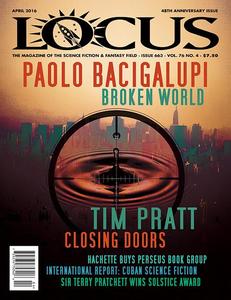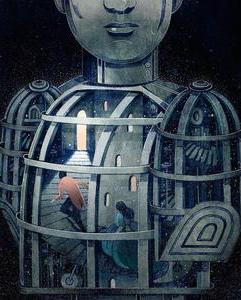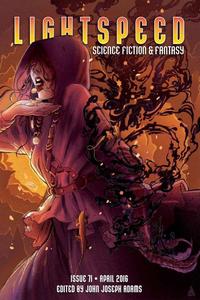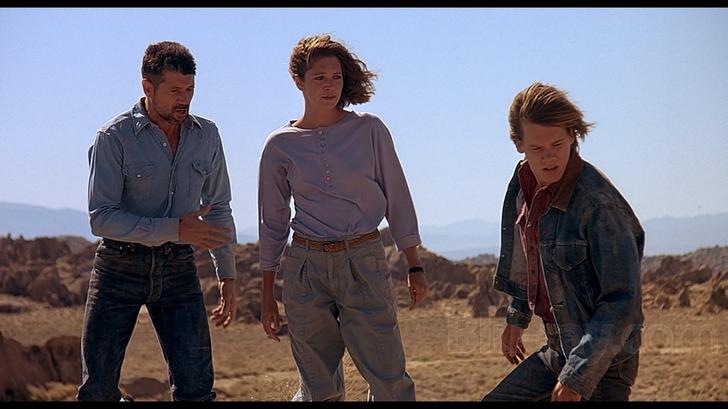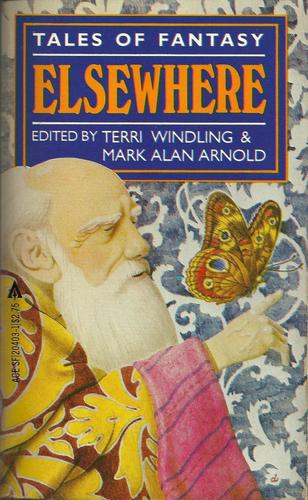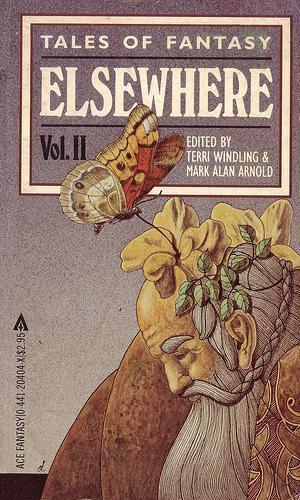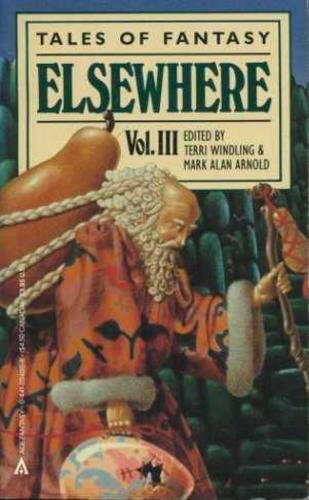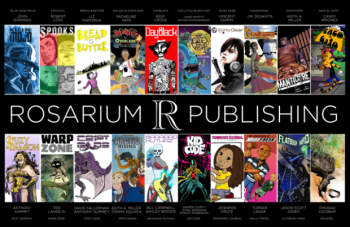The Public Life of Sherlock Holmes: Enter Jim Chee
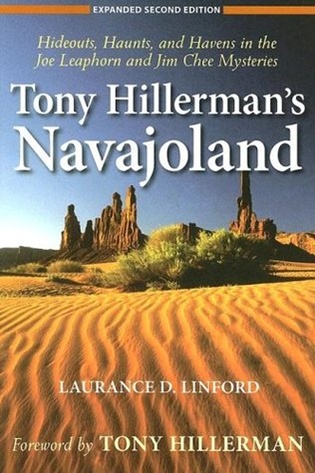 So, The Public Life of Sherlock Holmes has talked about Tony Hillerman here and Joe Leaphorn here. Leaphorn had featured in the first three novels: The Blessing Way, Dance Hall of the Dead and Listening Woman. This week, we turn our attention to Jim Chee
So, The Public Life of Sherlock Holmes has talked about Tony Hillerman here and Joe Leaphorn here. Leaphorn had featured in the first three novels: The Blessing Way, Dance Hall of the Dead and Listening Woman. This week, we turn our attention to Jim Chee
For his fourth Navajo Police novel, People of Darkness, Hillerman needed a less wise, less assimilated policeman. He actually considered flashing back to a younger Leaphorn but decided against that and instead created the younger, more naïve, Chee. He would hold for the next three books.
In addition to providing an alternative protagonist, Hillerman also changes the opening. In prior books, they begin outside, painting a picture of the reservation: Louis Horsman, on the run from the law, is setting traps to catch kangaroo rats (when he encounters a skinwalker – a witch). George Bowlegs is out running to practice for a Zuni religious ritual (and has a similarly unhappy encounter). And how about this descriptive passage to begin Listening Woman:
“The southwest wind picked up turbulence around the San Francisco Peaks, howled across the emptiness of the Moenkopi plateau, and made a thousand strange sounds in windows of the old Hopi villages at Shongopov and Second Mesa.”
But People of Darkness begins with somebody looking out her office window in a cancer clinic. Things certainly do get started with a bang!
Chee’s introduction is reminiscent of the opening scene of Raymond Chandler’s The Big Sleep. We have a “common” private investigator visiting a rich client of higher social standing. Rosemary Vines wants Chee to take some leave and find a box of keepsakes stolen from her husband. Her husband says it’s all a big mistake: no worry. Hillerman mixes in the Native American Church (the ones that caused the big legal furor over using peyote in their rituals).
Of all Hillerman’s books in the series, this one is most like a private eye novel and has a bit of a Ross MacDonald feel to it, as an event from long ago hangs over the current investigation.
